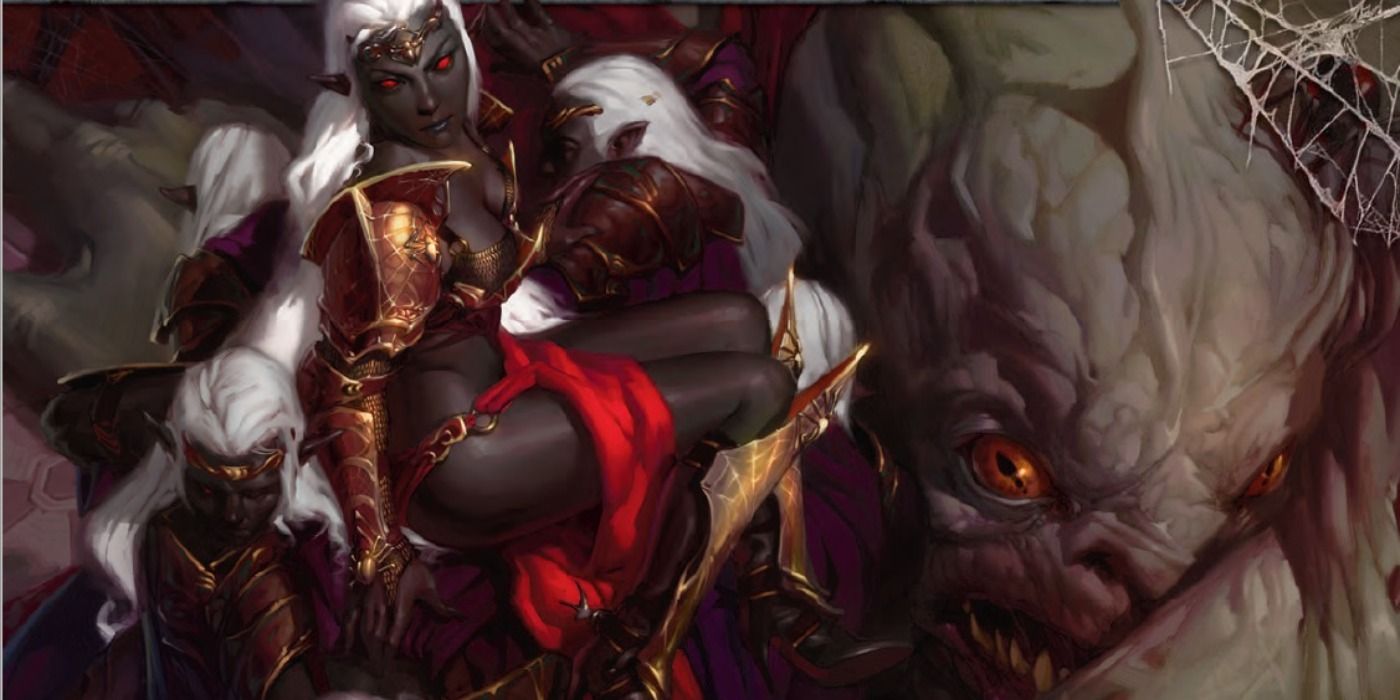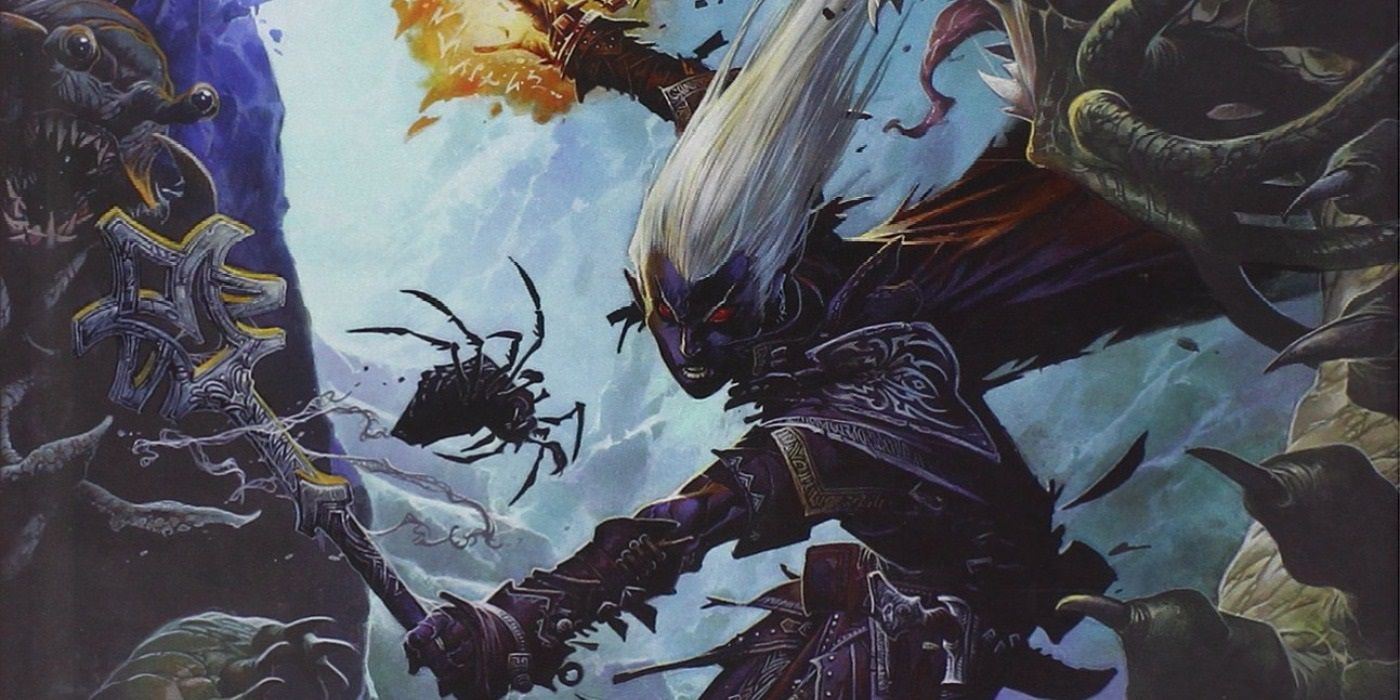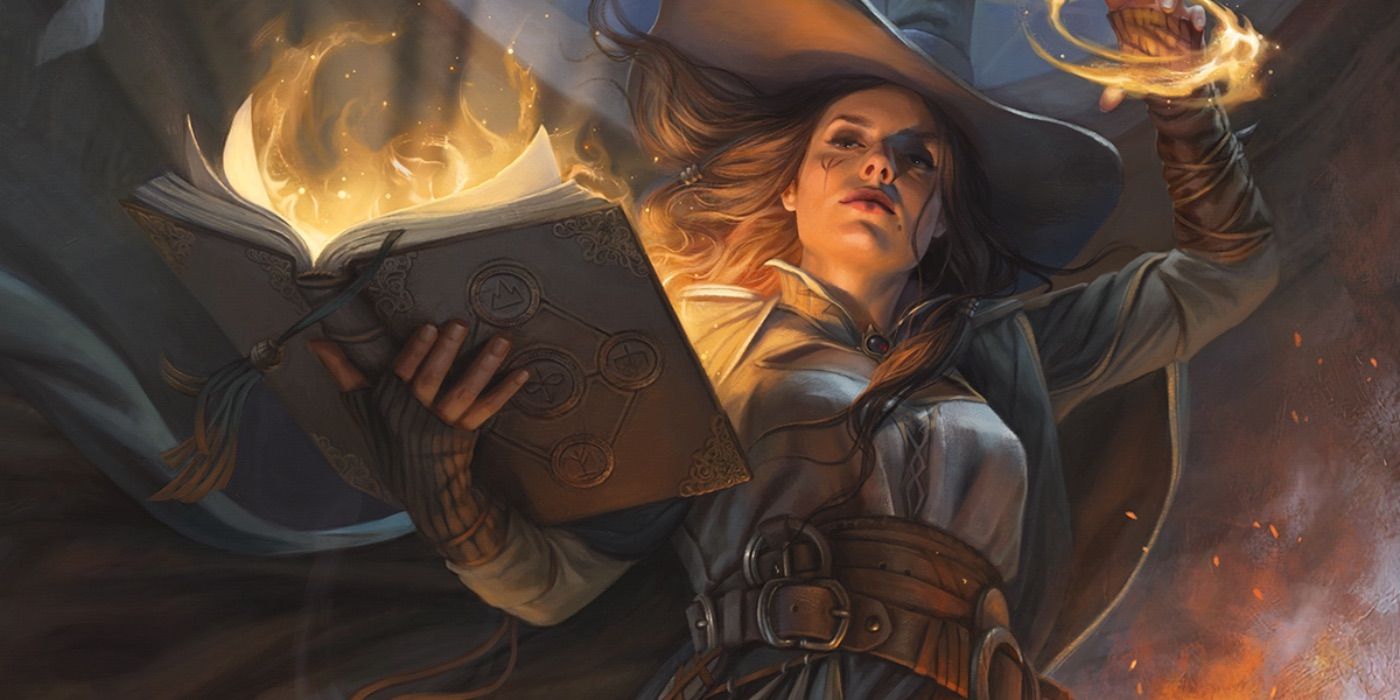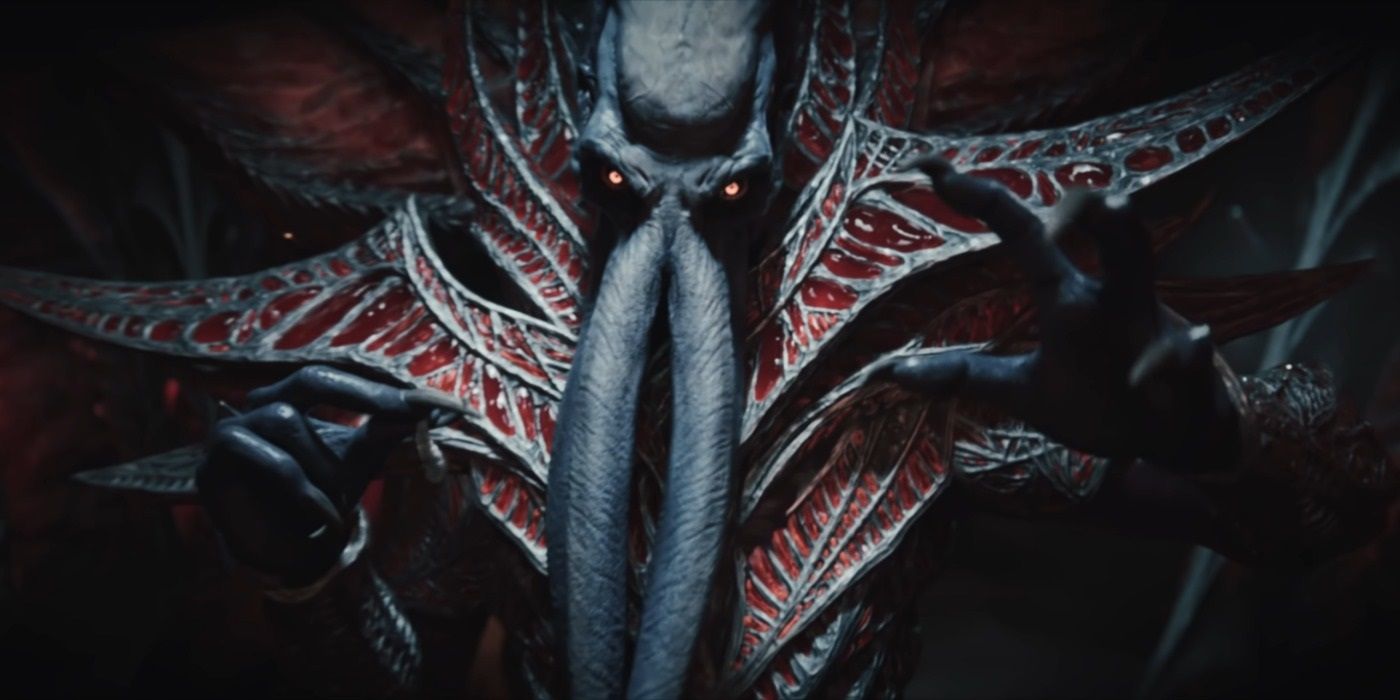The lore of Dungeons & Dragons received an overhaul, in the form of several errata updates that change parts of the game. Wizards of the Coast has outlined some of the reasons why these changes have occurred, while other pieces have likely been removed due to their problematic nature. It's likely that these changes will be included in the future 5.5 version of D&D, which is set to launch in 2024.
The rules regarding playable races and the role of monsters in the game have gradually loosened over the history of D&D. In the days of Advanced Dungeons & Dragons, non-humans had strict limitations on what classes they could choose and the maximum level they could achieve. The popularity of the Drizzt Do'Urden novels opened the door for members of the monster races to become playable characters, as not all members of a race were restricted to one alignment. The third edition of D&D loosened the playable race restrictions considerably, and entire books were released that allowed monsters to be playable characters. In 5e, it's the concept of alignment that has become less restrictive, with paladins no longer forced to be lawful good, and necromancers no longer needing to be evil.
The lore changes were introduced in a Sage Advice column on the official D&D website. The column contains a number of PDFs that have errata for existing books, including changes to how D&D spells like clone and find familiar work in the 5e Player's Handbook. It's the changes to the handling of alignment and the descriptions of monster personalities that have drawn the attention of fans, prompting Wizards of the Coast to clarify why some of the changes were made.
What Actually Changed In The Lore Of D&D 5e
The changes to the lore of D&D fall under two categories. The first is a widespread removal of the Alignment section in playable race and monster descriptions. An example of this would be the Player's Handbook stating that dwarves often fall into the lawful and good alignment categories. These sections are now gone. The drow has also received a new sidebar, stating that they have a shared heritage in the Underdark, but not all drow are evil, nor do they all worship Lolth.
The second change mostly affects Volo's Guide to Monsters, which has already had its racial stat penalties retconned out of the game. The introduction of the book now mentions that the views expressed within come from Volo, who is a resident of the Forgotten Realms, and whose perspective comes from his experiences in his world, and they don't reflect the multiverse as a whole. The descriptions for beholders, giants, gnolls, kobolds, mind flayers, orcs, half-orcs, and yuan-ti have all been trimmed.
The lore that has been removed includes beholders believing themselves to be the epitome of their race and hating others of their kind, fire giants kidnapping people for ransom and taking slaves, gnolls having little variation in their personality, kobolds being dim-witted and petty, mind flayers being inhuman monsters, yuan-ti being emotionless monsters that feast on the flesh of living beings, and orcs being easily cowed by stronger individuals and possibly learning compassion if raised outside of their own violent culture. These changes will likely be printed as part of Mordenkainen Presents Monsters of the Multiverse.
D&D 5e Lore Changes Were Hinted At Before The Launch Of Tasha's Cauldron
Wizards of the Coast revealed in 2020 that the company was going to rethink the race rules in D&D. Throughout the history of D&D, the different playable races all fit into certain stereotypes, many of which were inspired by different fantasy authors, most notably J.R.R. Tolkien. The rules were introduced in Tasha's Cauldron of Everything. It was established that the stereotypes regarding the different playable races didn't need to apply to adventurers, who are meant to be extraordinary people.
In mechanical terms, players could choose their stat boosts, and swap out proficiencies and languages. These rules have appeared in other books since, such as Fizban's Treasury of Dragons, and they will likely become the standard in the upcoming 5.5 update of the game. The lore update is a follow-up to the rules update, as it establishes that not everyone is cut from the same cloth, and the Forgotten Realms won't form the basis for all lore going forward.
Why These D&D Changes Happened & What They Mean For D&D 5.5 And Beyond
The reason these changes came into effect was outlined in an update to the Sage Advice column, posted on December 16. The first reason is that the Dungeons & Dragons multiverse is growing. The Forgotten Realms is used as the default campaign setting in D&D, with most of the campaigns using Faerun as their world, with sidebars offering suggestions for adapting them to other settings. Wizards of the Coast has gradually been adding new campaign settings to D&D, such as Ravnica, Theros, and Strixhaven from Magic: The Gathering, as well as bringing back old campaign settings, like Eberron and Ravenloft.
There are three more classic campaign settings due to return in the next two years, one of which will likely be Spelljammer. The descriptions for the playable races and monsters in most D&D books are rooted in the Forgotten Realms, even though they may be different in other settings. The dark elves from Faerun, Eberron, and Krynn are nothing alike, which is why the drow race was changed in errata. These changes will offer a wider view of these races, allowing players and DMs to tailor them to their liking, rather than relying on the stereotypes from the Forgotten Realms.
The alignment changes came about because the developers felt they weren't helpful anymore. Players tend to create unique characters that go against the grain, so having a suggested D&D alignment section doesn't matter to them. This change won't affect the existing lore of any of the settings and it only applies to player characters, who are still free to follow the old guidelines if they wish. The change to monster personalities is meant to encourage DMs to create more unique personas for their villains and not be restricted by the guidelines in the rulebooks or the lore. While not outright stated, there are also unfortunate implications in the existing lore that are uncomfortably close to real life, especially regarding the description of orcs, which is likely a major reason why it was cut.
The changes to the lore have been met with opposition by parts of the D&D fanbase, but no one is forcing these guidelines to be used on anyone. D&D is all DMs and players telling their own stories and the original lore will likely still be adopted by many groups. Dungeons & Dragons has achieved new levels of success over the past few years, breaking into the mainstream in ways that it has never done before. The lore changes involve removing problematic elements that shouldn't have been there in the first place, while loosening the interpretation of alignment and races, in order to allow players to make the kind of characters they want to play and to expand the game outside of the Forgotten Realms.




